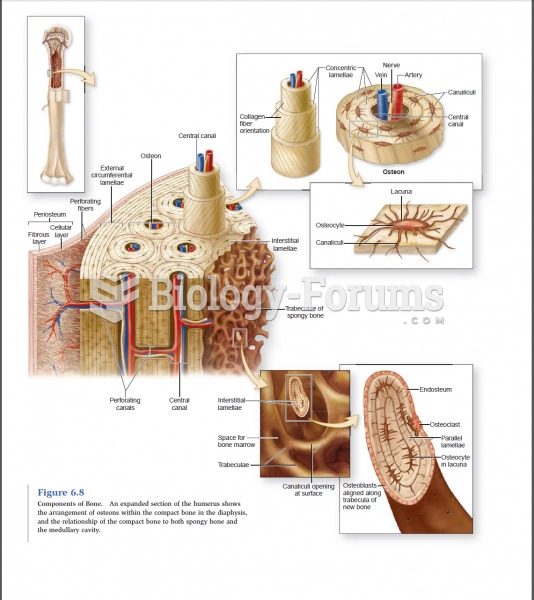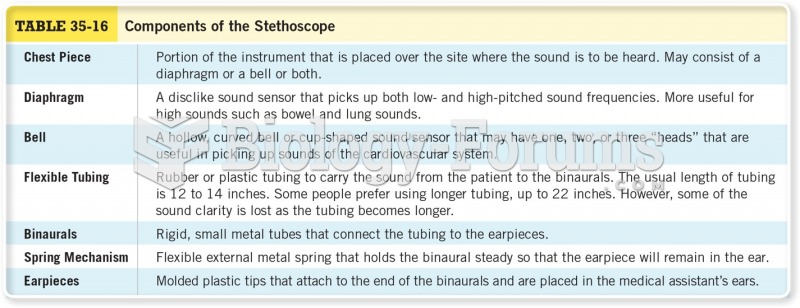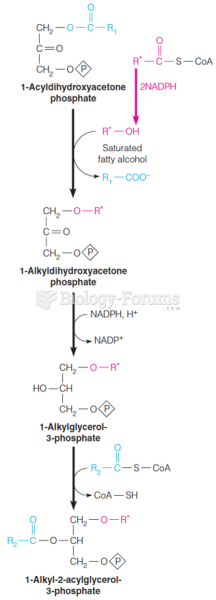An ether solution contains the following components.
2,3,4,5-tetramethylbenzene benzyl alcohol 2-hydroxybenzoic acid
If this solution is extracted with a 5 solution of NaHCO3, that is immiscible with ether, which components end up in the ether layer and which in the NaHCO3 layer?
Question 2Instructions: Draw structures corresponding to each of the following IUPAC names.
Draw:
phenylacetonitrile or phenylethanenitrile
Question 3Instructions: Draw structures corresponding to each of the following IUPAC names.
Draw:
prop-2-enenitrile
Question 4Instructions: Draw structures corresponding to each of the following IUPAC names.
Draw:
2-chlorobenzoic acid
Question 5Instructions: Draw structures corresponding to each of the following IUPAC names.
Draw:
cyanoacetic acid
Question 6Instructions: Draw structures corresponding to each of the following IUPAC names.
Draw:
cis-cyclopentane-1,3-dicarboxylic acid
Question 7Instructions: Draw structures corresponding to each of the following IUPAC names.
Draw:
2-propylpentanoic acid
Question 8The two spectra below belong to acetic acid (ethanoic acid) and its isomer, methyl formate (methyl methanoate). Which spectrum corresponds to which compound? Explain your answer.


(Spectra obtained from SDBSWeb: http://www.aist.go.jp/RIODB/SDBS)
Question 9Draw the structure of the lactone product of the following reaction.

Question 10The following a monomer of the polymer used in biodegradable sutures called Lactomer. Upon hydrolysis what product(s) form(s)? Draw the appropriate structure(s).

Question 11Draw the structure of polymer formed in the following reaction. Show only a single monomer.

Question 12Draw the structure of polymer formed in the following reaction. Show only a single monomer.

Question 13Draw the major product of the following reaction (which affords a penicillin derivative).

Question 14Draw the major products of the following biochemical reaction (where R = a fatty acid chain).








